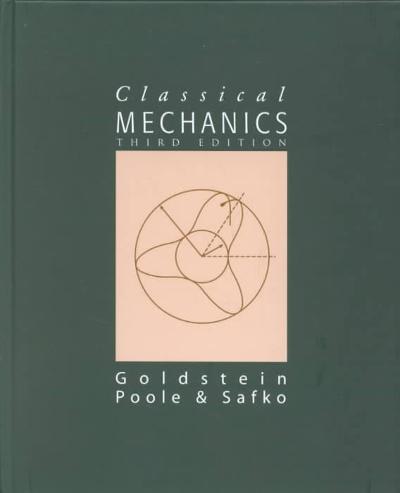Question
1. The table below gives atomic numbers of elements represented by the letters A, B, C and D. Element A B C D Atomic number
1. The table below gives atomic numbers of elements represented by the letters A, B, C and D.
Element | A | B | C | D |
Atomic number | 15 | 16 | 17 | 20 |
Use the information to answer the questions that follow.
(a)Name the type of bonding that exists in the compound formed when A and D react(1 mark)
(b)Select the letter which represents the best oxidizing agent. Give a reason for your answer.
2. The table below gives information about elements A1, A2, A3 and A4
Element | Atomic Number | Atomic Radius (nm) | Ionic radius (nm) |
A1 | 3 | 0.134 | 0.074 |
A2 | 5 | 0.090 | 0.012 |
A3 | 13 | 0.143 | 0.050 |
A4 | 17 | 0.099 | 0.181 |
(i)In which period of the periodic table is element A2? Give a reason.(2 marks)
(ii)Explain why the atomic radius of:
I.A1 is greater than that of A2;
II.A4 is smaller than its ionic radius(2 marks)
(iii)Select the element which is in the same group as A3(1 mark)
(iv)Using dots (.) and crosses(x) to represent outermost electrons, draw a diagram to show the bonding in the compound formed when A1 reacts with A4(1 mark)
3. The atomic number of sulphur is 16. Write the electron arrangement of sulphur in the following(2 marks)
(a)H2S
(b)SO32-
Step by Step Solution
There are 3 Steps involved in it
Step: 1

Get Instant Access to Expert-Tailored Solutions
See step-by-step solutions with expert insights and AI powered tools for academic success
Step: 2

Step: 3

Ace Your Homework with AI
Get the answers you need in no time with our AI-driven, step-by-step assistance
Get Started


